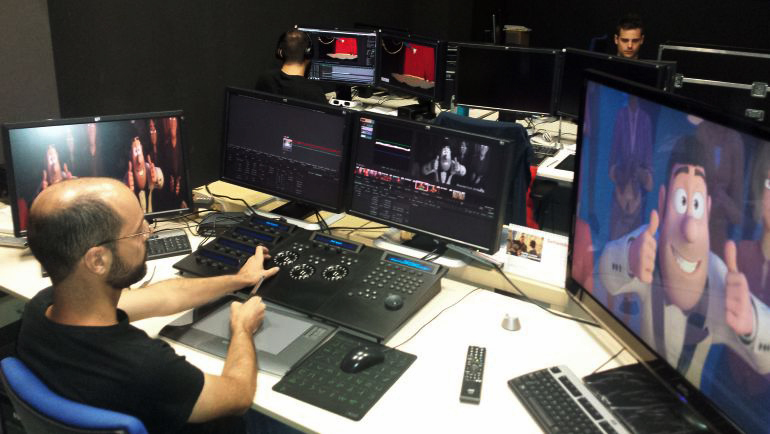

Skewed, blurry, faint, smudged or handwritten text are all non-starters: It also needs to be a good quality image to achieve a good conversion. Your source text needs to be in one of the above languages. Since the OCR technology is dictionary based, it’s available in certain languages only: Danish, Dutch, English, Finnish, French, German, Italian, Norwegian, Polish, Portuguese, Russian, Spanish, Swedish and Turkish. The OCR engine used for the PDF file type in SDL Trados Studio is powered by Solid Documents Technology.

Language limitations and other non-starters You’ll only be able to select, copy and paste a word or a paragraph if it’s an editable PDF. It’s easy to tell the difference between the two types of PDF. They can be processed in Studio 2015 onwards because Studio incorporates an engine that carries out optical character recognition (OCR) to extract the text. Scanned PDFs are simply whole-page images without electronic text characters. Editable PDFs have text layers and can be processed in Studio 2011 onwards. PDF documents can be editable or scanned. That’s great for the document author, but not such good news for translators. PDF stands for Portable Document Format, which means that the file will display exactly the same content and layout wherever it’s opened, regardless of the device and program used. What’s a PDF and what’s the difference between scanned and editable files? Here are some tips, from one translator to another, for processing PDF files in SDL Trados Studio and making the job a bit easier. When a PDF lands in your inbox you know it’ll take longer and sometimes the end result will still need fixing. If you’re like me, you prefer translating straightforward Word documents.


 0 kommentar(er)
0 kommentar(er)
